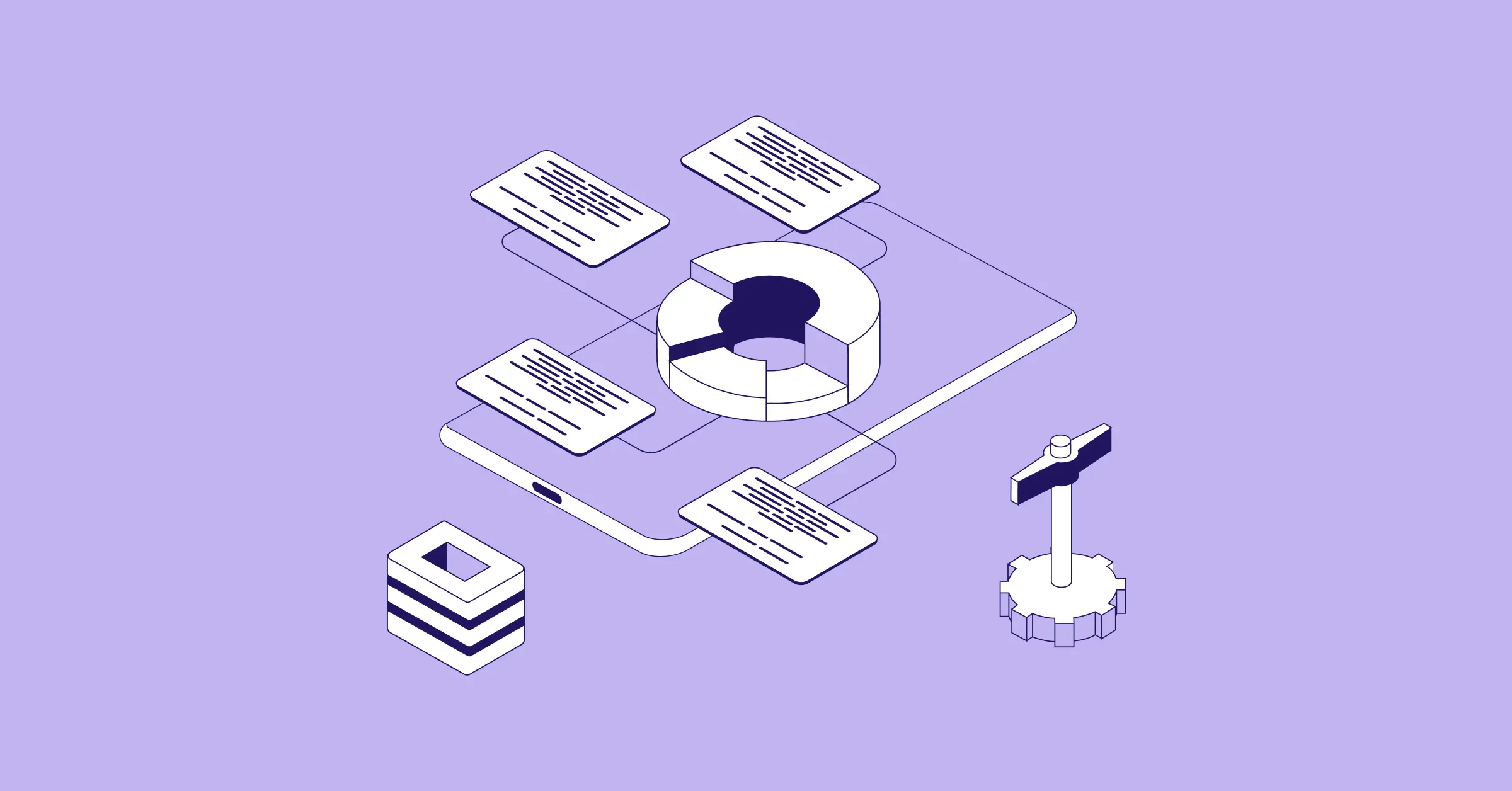
Sign up for our newsletter
Stay informed with the latest trends and best practices in finance and procurement.

AP automation is the practice of automating the steps within the accounts payable process. There are several advantages to accounts payable automation, the main one being that it empowers companies to have more control over their accounts processes. As most accounts payable team members know, manual AP process tasks are time-consuming and error-prone. Understanding AP automation can assist your organization in making the switch to an automated process for long-term efficiency.
This article will cover the following topics:
- Understanding AP Automation
- What are the benefits of AP Automation?
- Choosing the right AP Automation Platform
Understanding AP Automation
AP automation provides businesses with clear visibility and increased control over the accounts payable process. With accounts payable automation software, a company can reduce the number of manual tasks involved in the process, free up cash flow, and redirect spending to other more mission-critical tasks. With an automated accounts payable system, a business is more empowered to manage approvals, submit and track invoices, and process payments all on one singular platform. The benefits are simply unmatched when compared to manual AP processes.
With increased control over financial processes and data, an organization can make better decisions for the company's financial health. Below are thirteen benefits of AP automation.
Increased Time Savings
Traditionally, businesses using a manual AP process had a long wait time for invoices to be approved. It could take weeks for an invoice to progress through the approval phases and finally get processed. However, with the advent of automation, the entire process is streamlined, and companies can enjoy a faster invoice approval process at every stage, from invoice submission to reconciliation. An added benefit is that automated AP systems offer a real-time view of where the invoice is along the approval chain. Greater visibility and control equate to more efficiency and increased time savings.
Cheaper Invoice Costs
One of the primary benefits of AP automation is cheaper invoice costs. With a reduced processing time for invoices, resources can be allocated to other expenses. On average, businesses spend on a variety of costs related to invoice processing. Some of these expenses include office supplies, postage, and labor. Data from APP2P Network indicates that to process 5,000 invoices manually, a company will need to spend about $64,500. Businesses can save about 85% on labor costs by switching to automated accounts payable solutions.
Improved Insight & Transparency
With automation, almost every piece of data is tracked, which offers an incredible amount of transparency into the accounts payable process. AP business leaders can gain greater insight and clarity into many facets of the AP process that were previously less clear. With automation, the AP benefits related to transparency are plentiful and include the ability to see the bigger picture for better decision-making. Additionally, AP team leaders can give more enhanced focus to specific areas that need improvement. Greater clarity also allows for pinpointing incidences of non-compliance so these can be rectified.
Upgraded Safety & Accounting Risk Protection
Manual processes leave more room for error, which can be detrimental as it relates to safety measures & compliance. With manual errors, a company’s sensitive data is not fully protected, which can potentially pose substantial risks. One of the advantages that many AP systems offer is upgraded safety and accounting risk protection. AP automation places much-needed restrictions on permissions concerning invoice approvals and payment releases. These protocols are vital to protecting the interests of the company. Additionally, AP automation can increase the chances of detecting fraudulent invoices before they are approved. A process management system allows for the detection of any incorrect or missing data and ensures that more than one team leader has the power to approve payments.
ERP Integration
Often companies considering the switch to AP automation worry that it won’t integrate effectively with their current ERP system. However, many AP automation systems on the market offer seamless ERP integration. The right AP system can provide one seamless platform to log into instead of logging in and out of several different applications, which is inconvenient and increases room for error.
Document Management & Audit Compliance
AP automation software can more efficiently manage and process documents when compared to manual processes. All pertinent documents related to the accounts payable process are linked, organized, and categorized with matching receipts, POs, and invoices. With an easily detected audit trail, it is much easier to keep track of invoices and related paperwork to ensure accuracy and improved compliance.
Streamline processes
The many disjointed factions of a manual AP process can be challenging to connect. This lack of cohesion creates rifts in communication and results in a process that has an interrupted flow. However, with AP automation, organizations can enjoy a much smoother and more streamlined process. As a result, the workflow becomes simplified and organized, allowing critical data to be easily accessed by multiple team members from one cohesive platform. A streamlined AP process equates to:
- A reduction and elimination of human error
- Exceptions are flagged, and alerts are sent out for review before processing
- Overpayment and duplicate payments are eliminated
- Budgeting, reporting, and auditing are much more efficient
- There is no need for micro-management as all AP processes are handled automatically
Real-time access, monitoring, and control
Finance heads and accounts payable team leaders need to be able to account for every dollar spent within their organization. If a business has a manual AP process in place, this can be challenging. Keeping track of invoices, receipts, and purchase orders pose significant challenges to manual, paper-based processes. However, with automated AP systems, it’s easier to track documents and data while gaining fuller access to the entire payment cycle. It’s also easier to monitor invoices along the approval chain and to control sensitive data access. An automated process also encourages real-time collaboration, which can be challenging under unoptimized manual processes.
Customizable workflows & alerts
Customizable workflows and alerts are major AP benefits that organizations can expect. This benefit allows for greater control of the workflow process and makes it easier for users to create a customized process that suits their specific needs. Companies can choose the way that the AP workflow progresses, who has access to approvals, and many other variables that are more of a match to their requirements. AP team leaders can create alerts and approval timers that help the process move along efficiently.
Take advantage of early payment discounts
Most vendors offer discounts that companies can take advantage of by making invoice payments ahead of their due date. However, according to a study completed by IOFM, most businesses cannot take advantage of these discounts because of hiccups that delay the approval workflow. The study stated that the majority of companies get less than 21% of the available early discount offers, while about 12% aren’t able to get any discounts. With the introduction of automatic AP processes, businesses have a greater chance of reaping these early payment discounts, which will benefit their company in the long run.
Maximize your in-house talent
There’s no doubt that manual processes are time-consuming and repetitive, in addition to how they divert talent and resources from other more vital tasks. With the advent of automation into the accounts payable process, companies can free up their team member’s time. In turn, this allows them to use their talents more innovatively and productively.
Promote collaboration
Automated AP systems make it easier for team members vital to the accounts payable process to collaborate efficiently. This can be done for remote and local teams, regardless of location. This level of cohesive communication and flexible access to shared data is one of the most incredible benefits of using automated AP software. Anyone involved in the invoice process can easily access data, make suggestions, confirm changes, or ask questions as needed. This occurs in one centralized location to ensure that everyone is on the same page.
Choosing the right AP Automation Platform
The introduction of tech-powered finance solutions has created many options for more efficient handling of the entire accounts payable system. The incredible benefits of using AP automation are hard to ignore, and soon, the question won’t be whether or not to switch to automation but instead, which is the right AP automation platform to select. As companies navigate the many AP automation platforms available, it is helpful to pose some questions to aid decision-making. Some of the questions that can help in making the right decision for an automated AP platform include:
- Have you checked with your IT team to explore your current technology systems?
- What are some of the existing pain points for the accounts payable team?
- Are there specific software requirements that need to be explored?
- How many finance systems do you currently have in place?
- Are system integrations a need for your organization?
Fintech As an Ideal Solution
Ultimately, the best AP automation option will need to provide the robust support your business needs at each stage of the AP process. One of the most fully-featured options currently available is PayEm. Its AP Automation tools provide companies with benefits such as:
- More streamlined AP process
- Faster invoice approvals
- Time savings and increased efficiency
- Supports global finance teams
- Instant ERP integration & sync
- Streamlined reconciliation
This platform provides finance leaders with a multifaceted selection of finance solutions to facilitate the accounts payable process. PayEm not only automates but also connects each aspect of a company’s finance process to provide the visibility and control AP teams need for success. Contact PayEm’s experts for a commitment-free, no-cost demo of the platform.


